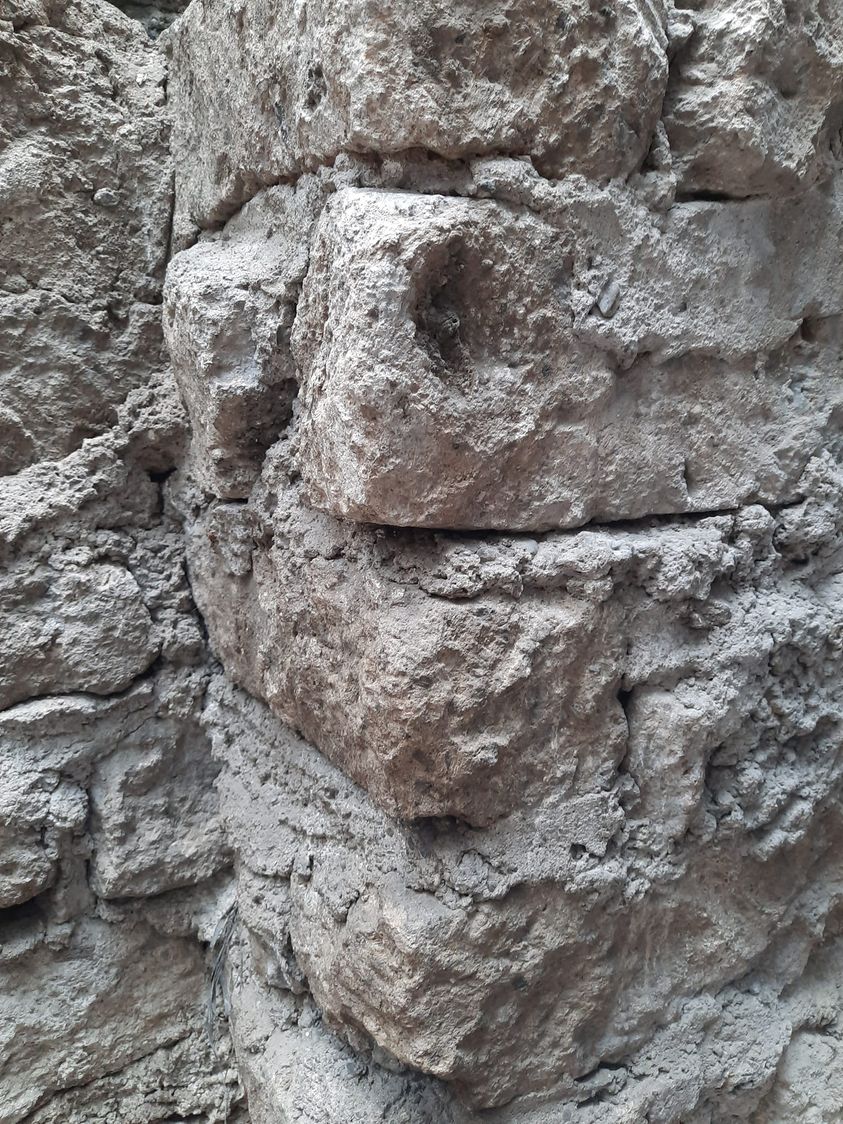As children growing up in Kamuning, which was dotted by stone quarries in earlier times, we were used to calling this type of rough stone “adobe.” That’s because this was how our parents and all the adults around us called it.
But the stone we are familiar with is not really adobe. Adobe is the Spanish term for “mudbrick” (from Arabic ‘attob’). The real adobe, particularly the sun-baked or unfired type, was the quick-and-dirty earthen material used for Mediterranean construction since time immemorial.
Rooted in imperial-Roman, early Iberian and Moor traditions, the Spanish colonizers brought the term adobe all the way to the Americas, where they also learned how pre-Hispanic civilizations made and used similar brick technologies (now indelibly generalized into the term “adobe”).
My informed guess is that when the Spanish-Mexicans settled down into their new Philippine colony, they soon realized something that deeply impacted Philippine architecture: Although they also used adobe mudbricks here, the more abundant volcanic and sedimentary stones (even coraline limestone, in coastal areas) were cheaper and often easier to quarry and handle, and more resistant to weathering in rainy climates.
But the name “adobe” stuck to the indigenous construction materials that could be shaped into blocks and stacked into thick, high walls.
It turns out that the bedrock structure of the hilly regions east of Manila and around Laguna de Bay and Taal Lake makes it so easy to dig through thin topsoils and reach into thick sediments of ancient volcanic tuff now made tough by geologic processes. (Tuff => tough, get it? Pardon my wordplay.)
So next time your vlog describes a 16th century church or bahay na bato over which you ooh’d and ahh’d in your travels, make sure to take note that the rough-hewn stones are not really adobe in the Old-World and New-World sense, but “adobe stone” in the Mexican-Philippine tradition.
Or more scientifically, describe the stone as geologists identify it – “Guadalupe tuff” or its variant “Diliman tuff” if the quarry source is somewhere in the hills around the Pasig, Marikina, and Diliman Rivers.
As for the house in which I grew up and stayed for many decades, I’m sure that the “adobe stones” that gave it some solid structure were quarried right there, on and around which the house still stands. It’s made of “Kamuning tuff” and yakal wood so tough you need to drill holes to bolt them up.
Now on its 70th year of existence, this house is too yakal-tuff to go down without a fight. #
Follow @junverzola

